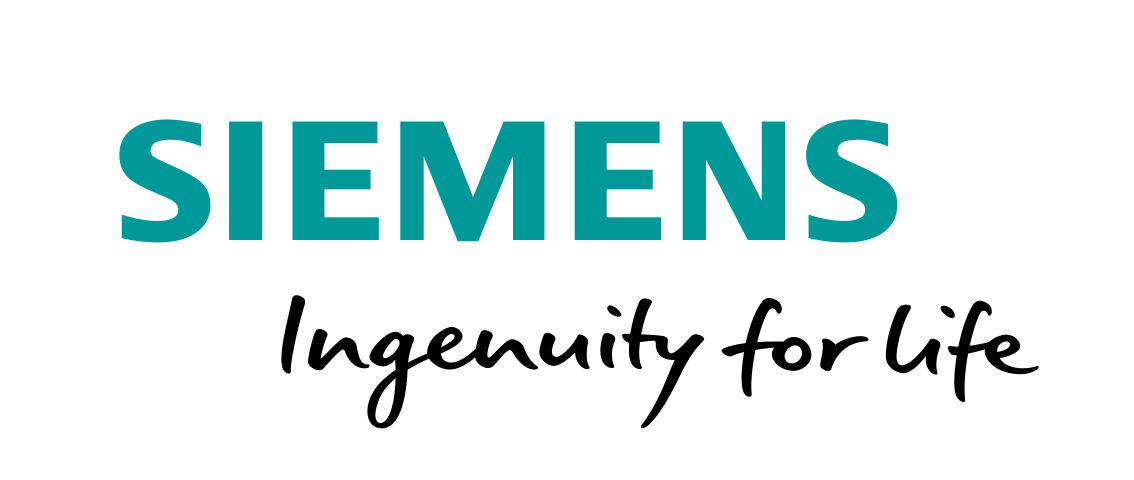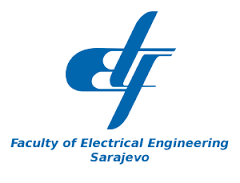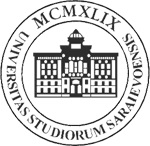Welcome to Bosnia and Herzegovina and Sarajevo that preserve long trails of civilizations throughout millenniums. Great cultures and religions of South and North, Western and Eastern Christianity, Islam and Judaism but also great empires of European history have met and joint here.
Capital of Bosnia and Herzegovina, Sarajevo is the largest city and country’s administrative, economic, cultural, university and sport center. The City of Sarajevo is comprised of four Municipalities: Stari Grad, Centar, Novo Sarajevo and Novi Grad.
Sarajevo Video Guide by Sarajevo Guide
https://www.youtube.com/watch?v=JuzW1gtO5DQ
Sarajevo is national cultural capital with numerous International festivals taking place every year (Sarajevo Film Festival, MESS International Theater Festival, International “Sarajevo Winter” Festival, Jazz Festival, Baščaršija Nights).
The area that Sarajevo occupies has been continuously inhabited since the Prehistoric period. It becomes a city with arrivals of the Ottomans in the 15th century, and a capital of independent B&H in 1992. Sarajevo has always connected East and the West thus creating a unique blend of history, culture and heritage.The modern city arose as an Ottoman stronghold in the 15th century. Sarajevo has attracted international attention several times throughout its history: In 1914 it was the site of the assassination that sparked World War I, while seventy years later it became the host city of the 1984 Winter Olympics. More recently, Sarajevo underwent the longest siege in modern military history during the Bosnian War.Today the city is recovering and adjusting to a post-war reality, as a major center of culture and economic development in Bosnia and Herzegovina. Sarajevo was also the first city in Europe and the second city in the world to have a full-time operational electric tram network running through the city, the first being San Francisco. Lonely Planet has named Sarajevo as the 43rd best city in the world and in December 2009 listed Sarajevo as one of the top ten cities to visit in 2010.
Sarajevo is located near the geometric center of the triangular-shaped Bosnia- Herzegovina and within the historical region of Bosnia proper. The Sarajevo valley once formed a vast expanse of greenery, but gave way to urban expansion and development in the post-World War II era. The city is surrounded by heavily forested hills and big mountains. The highest of the surrounding peaks is 2,088 meters. On average, Sarajevo is situated 500 meters above sea level. The city itself has its fair share of hilly terrain, as evidenced by the many steeply inclined streets and residences seemingly perched on the hillsides.The Miljacka river is one of the city’s chief geographic features. It flows through the city from the east to the west where eventually meets up with the Bosna river. The source of Miljacka several kilometers to the east of Sarajevo and the Bosna’s source, Vrelo Bosne near Ilidža (west Sarajevo), are notable natural landmarks and popular destinations for citizens of Sarajevo and tourists.
Important Information for Visitors Time zone:
- CET – Central European Time (Europe)
- GMT +01:00
Climate:
- medium continental
- average summer temperature 19,1°C
- average winter temperature –1,3°C
- average annual temperature 9,5°C
The city of Sarajevo in (the area of) four municipalities (Old City, Center, New City and New Sarajevo) has 297,416 residents.
Area: 141,5 km2
Important phone numbers
- Police – 122
- Firefighters – 123
- First Aid – 124
- Sarajevo Taxi – 1515
- Airport – +387 33 289 100
Electricity
The electric supply is 220V with 50Hz frequency.
Water Supply
It is safe to drink tap water in Sarajevo.
Currency
Currency in BiH is Convertible Mark. The international abbreviation for currency is BAM, while KM is used locally (1,95 KM = 1 Euro). You can exchange your currency in any bank or post office. Banks are generally open from 08:00 to 18:00 on working days, and from 09:00 to 13:00 on Saturdays. Main post office is open from 07:00 to 20:00 from Monday to Saturday.
Public Transport
Sarajevo is well connected with a network of trams, trolley-buses, buses and minibuses. The one-way ticket for an inner-city zone is 1,6 KM if you purchase it in a kiosk and 1,8 KM if you purchase it with a driver. The ticked must be punched as soon as you enter the vehicle. Failure to do so will result in a fine, on the spot. The bus line connecting airport with Baščaršija runs several times per day and it costs 6 km (3 Euros) one way.
Taxis
Sarajevo has one of the cheapest taxi services in Europe. Several private taxi companies operate in the city 24 hours a day. For example, taking a taxi from Sarajevo Airpost to the city centre will cost between 17 and 20 KM. All vehicles use the taxi meter. The driver will issue the receipt upon a request.How to get to ICAT-2013 VenueThe taxi from the Sarajevo Airport (SJJ Sarajevo Intl.) should cost approximately 7 EUR
Where to shop Souvenirs
To pick up authentic souvenirs, head to Baščaršija, the city’s Turkish quarter. For centuries, Baščaršija was the city’s center of trade and craftsman. During its golden period, it boasted 12 000 various shops selling products and services of 80 different craftsmen and tradesmen. You can still find Baščaršija’s shops filled with souvenirs, traditional household items, silver and gold jewelry. Baščaršija’s most popular street is Kazandžiluk (Copper-smith Street), where you can find superbly created engraved copper products: džezve (coffee pots), fildžani (cofee cups), ibrici (copper water dish). The city’s jewelry makers were well known throughout Ottoman Empire for their particular designs. Some of the unique jewelry items are beautifully crafted belenzuci (thick wrist bracelets), rings, necklaces. Jewelry makers (silver and gold smiths) are mostly located on Gazi Husrev-begova Street (Zlatarska or Goldsmiths’ Street). While in Baščaršija you can also visit the Gazi Husrev Bey’s Bezistan (covered bazaar) which was built between 1537 and 1555.
Shopping Centers
Sarajevo is increasingly becoming an interesting shopping destination. Modern boutiques and fashion shops, as well as those featuring designs of local designers, can be found along Ferhadija and Titova Street. We recommend a visit to BBI Center, located in the city center, where various shops selling apparel, fashion accessories and household items are found. Importanne Center, located near the Wilson’s Walkway and Historical Museum of B&H, is perfect for combining shopping with quick bites. There is also the recently opened Alta on Marijin Dvor.
Useful Websites
- Sarajevo International airport: http://www.sarajevo-airport.ba
- Visa information: http://www.mfa.ba/konzularne_informacije/vize/default.aspx
- Tourism association of Sarajevo: http://www.sarajevo-tourism.com/eng/default.wbsp
- Official Web of Sarajevo: http://www.sarajevo.ba/
- City Tours: http://www.sarajevofunkytours.com/
Useful websites related to the medieval history of Bosnia:
- Bosančica: http://en.wikipedia.org/wiki/Bosnian_Cyrillic
- Stećak: http://en.wikipedia.org/wiki/Ste%C4%87ak
- The university at Moštre (1175): http://en.wikipedia.org/wiki/Visoko_during_the_Middle_Ages
- Tvrtko I of Bosnia: http://en.wikipedia.org/wiki/Tvrtko_I_of_Bosnia
- Kingdom of Bosnia: http://en.wikipedia.org/wiki/Kingdom_of_Bosnia










